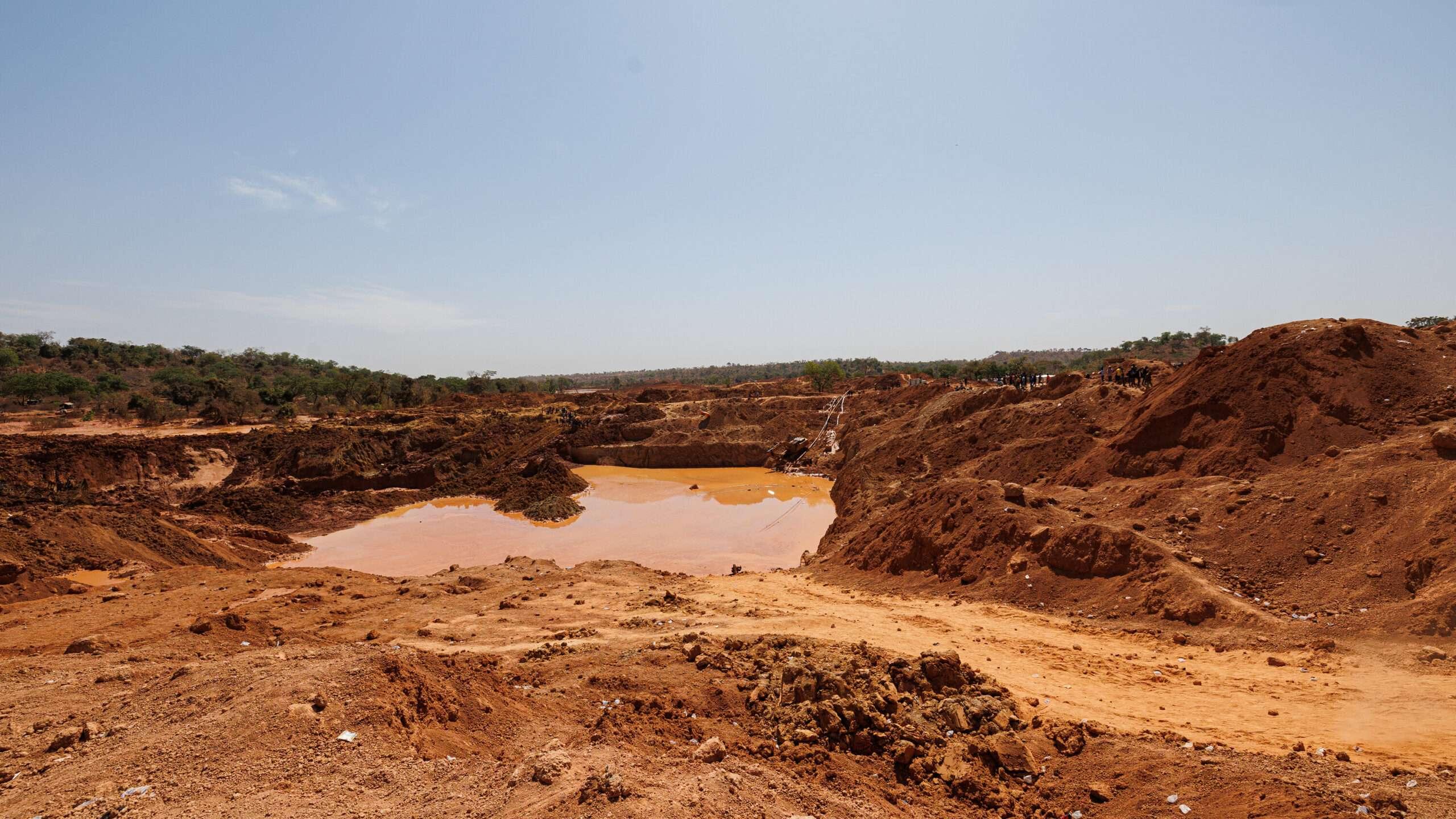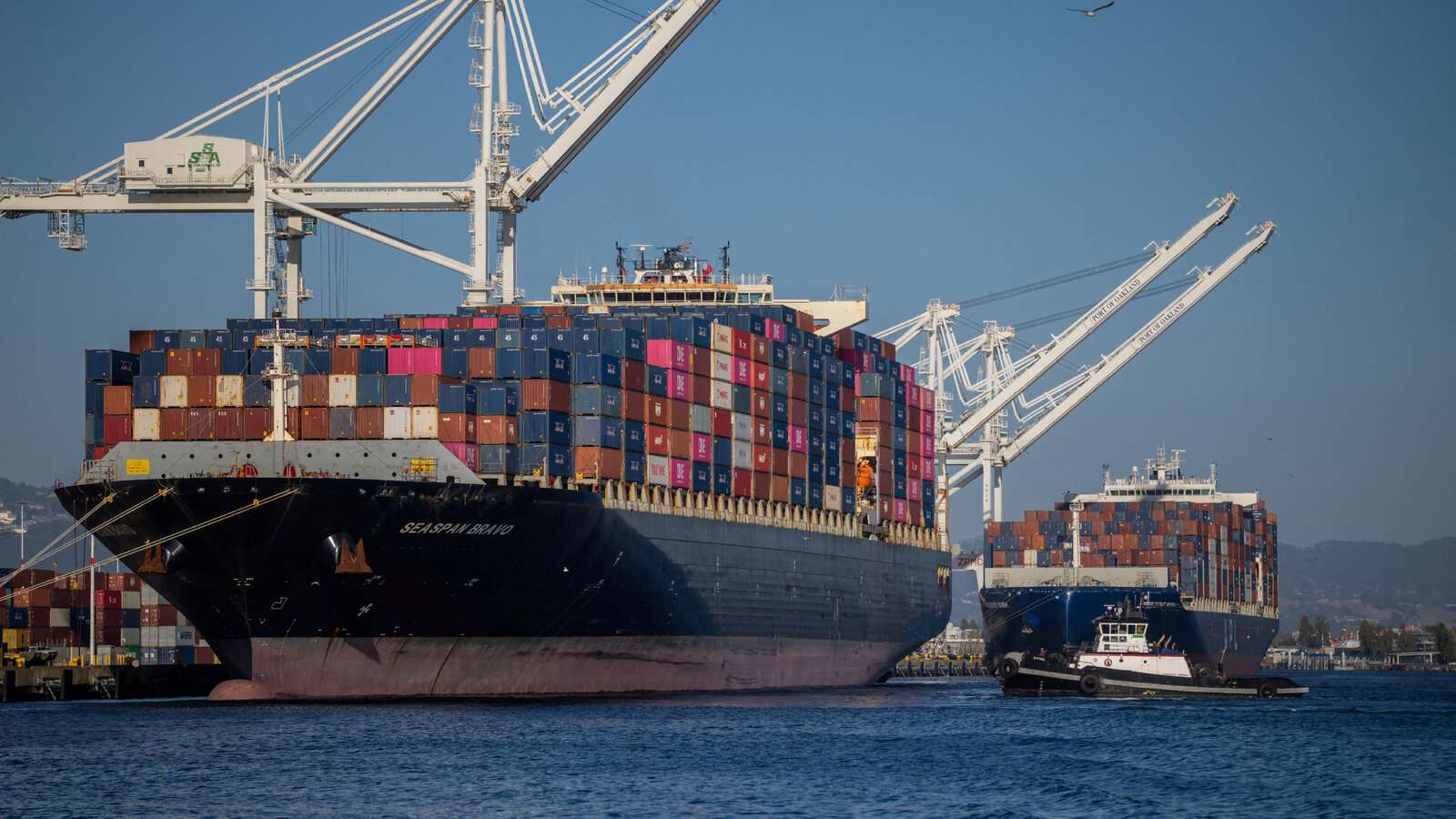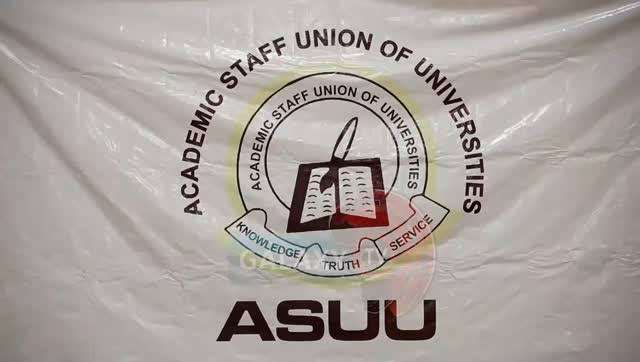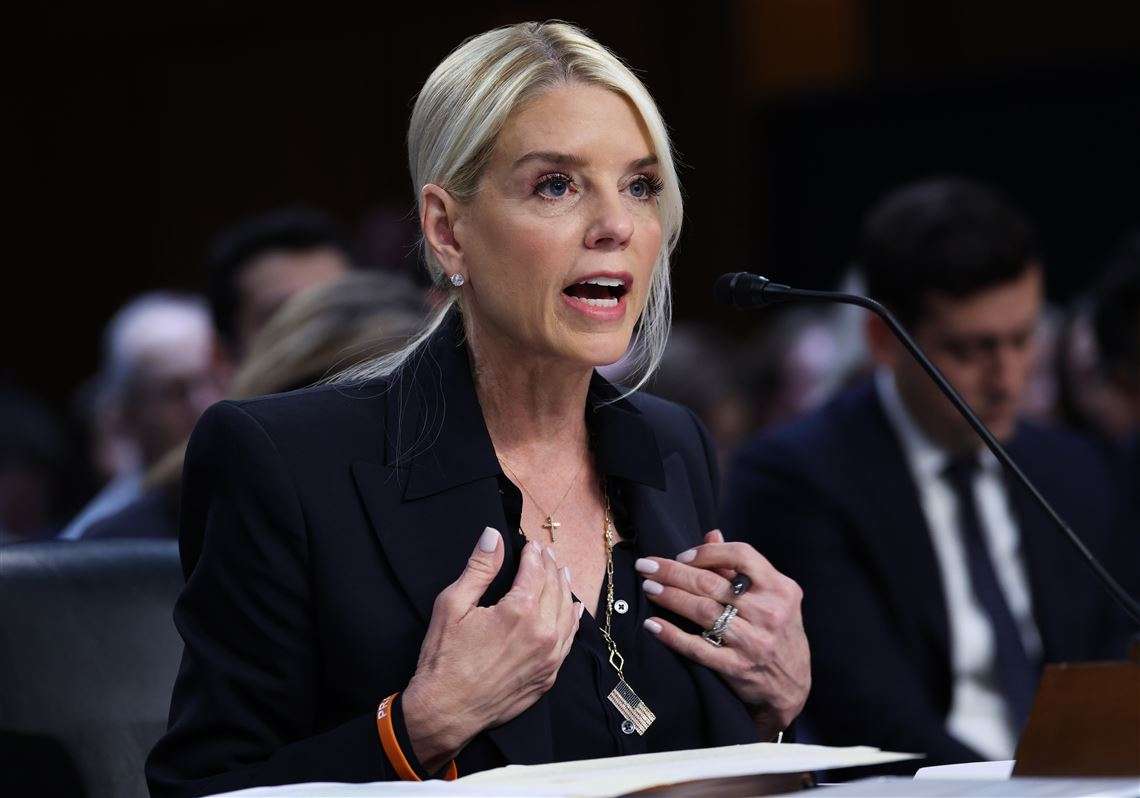
Gusau, Zamfara State – At least 18 people have died and dozens more are still missing following a tragic mine collapse at an illegal mining site in Gusau, Zamfara State. The disaster occurred on Thursday after a heavy boulder crashed down onto the miners working in the pit, trapping many inside. Rescue operations are ongoing as rescuers struggle to reach those still buried under debris.
The collapse happened in the early hours of Thursday at an unofficial mining site near Kadauri village in Maru Local Government Area. According to Sani Lawwali, a miner who has been involved in the rescue efforts, “We managed to pull out 18 dead bodies and five survivors who sustained various injuries.” He added that the rescue is slow and painstaking as workers use their bare hands to chisel through the rubble to access trapped miners.
Abubakar Nabube, a local community leader, confirmed the death toll and said that among the 18 deceased, many came from nearby Maikwanugga and Damaga villages. He warned, “If no help comes from emergency agencies soon, none of those trapped will come out alive.” The tragedy is believed to have been caused by heavy rainfall which loosened the earth around the mine, leading to the massive boulder’s collapse.
Eyewitness Zayyanu Ibrahim described the incident, “Dozens of miners were inside the pit while it was raining heavily outside. Suddenly, a huge boulder at the mouth of the pit collapsed, burying many miners inside.” The hardship of rescue operations is compounded by the rudimentary tools and methods used by miners at the illegal site. Efforts have been made to bring heavy machinery, including a bulldozer from nearby construction sites, to assist with excavation, but such aid has yet to arrive.
The Federal Ministry of Solid Minerals Development, through spokesperson Segun Tomori, stated that federal mining officers have been deployed to lead and coordinate rescue operations in cooperation with state authorities. Minister Dele Alake called the tragedy “avoidable and unfortunate” and pledged that once recovery operations conclude, the site will be sealed off to prevent further accidents. He emphasized the dangers inherent in artisanal mining in unstable terrain rich in gold deposits but lacking safety measures.
Zamfara State is known for its gold-rich lands, attracting many artisanal miners despite government crackdowns on illegal mining. This underground economic activity has often been linked to banditry and violence, with criminal gangs extorting protection fees from miners and controlling mining areas. The dangerous conditions, lack of regulation, and unsafe mining practices continue to put lives at risk.
On a human level, the collapse has devastated local communities who depend on mining as a livelihood. Survivors and families of victims face trauma and uncertainty amid fears for those still trapped. Sani Abdullahi, a local councillor, remarked on the difficulty to confirm exactly how many people were underground at the time, underscoring the chaotic nature of illegal mining operations.
Moving forward, authorities face the urgent task of rescuing remaining trapped miners while addressing the broader challenges of illegal mining activities in Zamfara. Suspension of operations at risky sites, enhanced regulation, and alternative livelihood programs are essential to prevent such tragedies. The government’s response will also influence security stabilization efforts in the state, where mining-related violence exacerbates regional insecurity.
In conclusion, the Gusau mine collapse is a painful reminder of the dangers posed by unregulated artisanal mining amid challenging environmental and security conditions. While rescue efforts continue, comprehensive strategies are needed to safeguard lives, support affected communities, and stem the cycle of illegal mining and violence in Zamfara State.

















































